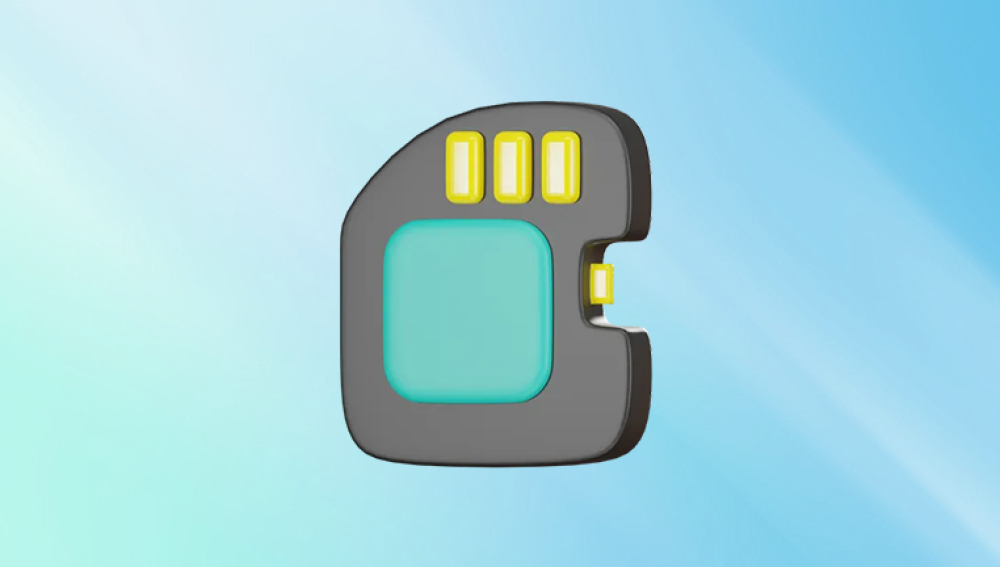Formatting an SD card is essential for ensuring that the card is correctly recognized by the trail camera and that its file system is set up for efficient storage and retrieval of images and videos. Proper formatting also helps prevent issues such as corrupted files or errors during use.
1. Types of SD Cards
SD Cards come in various types and sizes:
SD (Secure Digital): Typically used in older devices.
SDHC (Secure Digital High Capacity): Ranges from 4GB to 32GB, suitable for most modern trail cameras.
SDXC (Secure Digital eXtended Capacity): Ranges from 32GB to 2TB, used for high-capacity storage needs.
Ensure your trail camera supports the type and size of SD card you are using.

2. Checking Camera Compatibility
Before formatting, check the trail camera’s manual or manufacturer’s website for any specific formatting requirements or limitations. Most trail cameras support SDHC and SDXC cards, but compatibility can vary.
3. Backup Data
If the SD card contains important data, back it up before formatting. Formatting will erase all data on the card.
4. Choosing the Right Formatting Method
**1. Using a Computer:
Windows:
Insert the SD card into the computer’s card reader.
Open “File Explorer” and locate the SD card under “This PC.”
Right-click on the SD card and select “Format.”
Choose the file system: FAT32 (for cards up to 32GB) or exFAT (for cards larger than 32GB).
Select “Quick Format” or “Full Format.” Quick Format is usually sufficient.
Click “Start” and wait for the process to complete.
Mac:
Insert the SD card into the card reader.
Open “Disk Utility” from the Applications > Utilities folder.
Select the SD card from the list on the left.
Click “Erase” and choose the format: MS-DOS (FAT) for cards up to 32GB or ExFAT for cards larger than 32GB.
Click “Erase” and wait for the process to complete.
2. Using the Trail Camera:
Many trail cameras have built-in formatting options.
Refer to the camera’s manual for instructions, which typically involve navigating to the settings menu and selecting the format option.
6. Setting the Correct File System
FAT32: Ideal for SD cards up to 32GB. It is compatible with most devices and ensures smooth operation.
exFAT: Suitable for SD cards larger than 32GB. It supports larger files and is also widely compatible.
7. Avoiding Common Mistakes
Avoid using NTFS: This file system is not supported by many trail cameras and can cause compatibility issues.
Avoid formatting in the camera if you’re unsure: If the camera is malfunctioning, use a computer to format the card to ensure it’s correctly set up.
8. Troubleshooting Formatting Issues
If you encounter problems during formatting:
Check the SD card for physical damage: Replace it if necessary.
Ensure the card reader is functioning properly.
Try formatting the card on a different device or computer.
9. Best Practices for Using SD Cards in Trail Cameras
Regularly format the SD card: This helps prevent file corruption and ensures efficient operation.
Avoid using the same card in multiple devices: This can cause compatibility issues.
Keep the card in a protective case: Prevents physical damage and contamination.
Properly formatting an SD card is crucial for maintaining the performance and reliability of your trail camera. By following these steps and ensuring compatibility, you can avoid common issues and ensure that your camera operates smoothly. Regular maintenance and correct formatting will help you capture high-quality images and videos with minimal problems.




